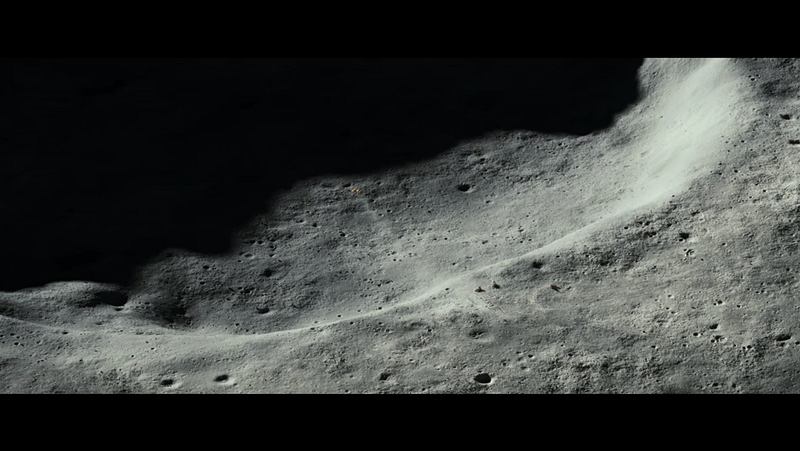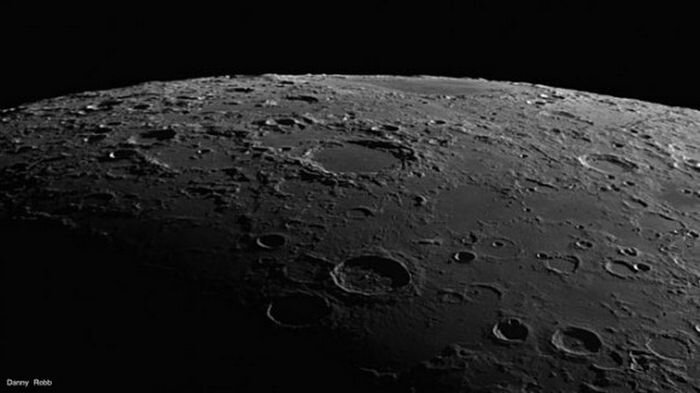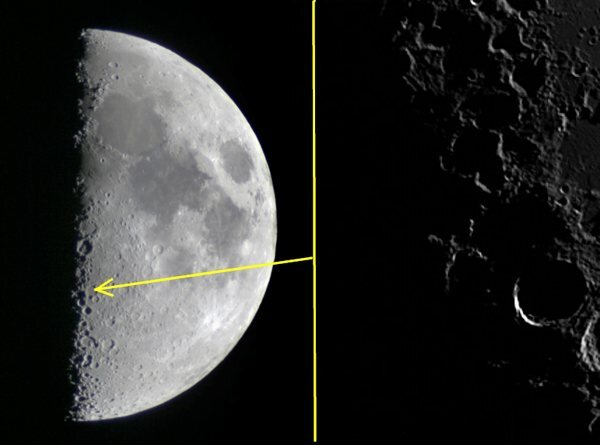Exploring the Day-Night Boundary on the Moon
Written on
Chapter 1: Understanding the Moon's Day-Night Boundary
Recently, I received an intriguing inquiry from one of my followers regarding the depiction of a distinct day-night boundary on the Moon, as seen in the film "Ad Astra." This leads us to the question: what does this boundary actually look like? Let's delve deeper into this topic.
The concept of day and night is not universally agreed upon. Daytime is typically defined as the period from sunrise to sunset, but these terms can vary in meaning. For our purposes, we will define sunrise as beginning when the Sun first appears above the horizon and ending when it is fully above, while sunset starts when the Sun descends below the horizon and concludes when it is no longer visible.

Section 1.1: The Terminator Explained
In the realm of astronomy, the line dividing the illuminated side from the shadowed side of a celestial body is known as the terminator. This area represents twilight, and as it shifts across the surface, it creates a gradual transition from day to night and vice versa. The width of the terminator can be influenced by several factors, including the size of the celestial body, the distance to the light source, and the presence of an atmosphere that can scatter light within the shadowed region.
In an ideal scenario, where the light source is considered point-like and the celestial body lacks an atmosphere, the terminator would appear as a sharp line. Any variations would only stem from the body's surface irregularities, leading to an almost instantaneous change from day to night. While the Moon has no atmosphere, the Sun is not a point source, meaning that from the terminator, only a portion of the solar disk will be visible, resulting in diminished light levels compared to when the Sun is fully above the horizon.

Section 1.2: Crossing the Terminator
As one traverses from the Moon's night side to the day side, they will encounter a stark boundary that separates the area of total shadow from the penumbral region—the terminator—where some light is still present. This transition is depicted in "Ad Astra," illustrating that to reach the daylight side, one must cross the terminator, which is marked by an increase in illumination. Although the film showcases this journey, it contains numerous inaccuracies regarding the Sun's position and the angle of light.

Chapter 2: The Earth-Moon Contrast
On Earth, the terminator is less sharply defined due to atmospheric light scattering, allowing some illumination to reach the shadowed areas. It is challenging to ascertain how accurately the film portrays the contrast between shadow and penumbra. From a visual perspective, the night side of the Moon appears considerably brighter in the movie than it does in reality, as does the terminator region, although the contrast should ideally be similar.
Video Description: This video explores the various patterns of the Moon, including its phases and how they relate to the day-night cycle.
Video Description: This video illustrates the day and night cycle featuring the Moon, stars, and various celestial events, all rendered in Unreal Engine.
If you're interested in more articles about the mysteries of space, don't forget to subscribe to our channel and submit your questions for future discussions!